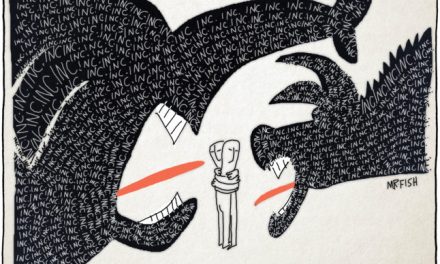Written by Melissa Breyer / TreeHugger
Even though there has been notable progress, at current poaching rates elephants are still in danger of becoming virtually extinct on the continent.
In 2011, the annual toll of poaching on Africa’s elephants peaked with a mortality rate of 10 percent of their population. Now, new research finds that poaching rates have started to decline; in 2017, the annual poaching mortality rate dropped to less than four percent. But it’s not good enough.
While such a decline is good news, to be sure, the incredible pachyderms are not out of the woods yet. The team says that the continent’s elephant population remains threatened without continuing action to tackle poverty, reduce corruption, and decrease demand of ivory.
The study was conducted by an international group of scientists from the universities of Freiburg, York and the Convention for the International Trade in Endangered Species (CITES). They note that there are around 350,000 elephants left in Africa, but depressingly, between 10,000 to 15,000 are still killed each year by poachers.
“At current poaching rates, elephants are in danger of being virtually wiped from the continent, surviving only in small, heavily protected pockets,” explains the University of York in a statement about the research.
“We are seeing a downturn in poaching, which is obviously positive news, but it is still above what we think is sustainable so the elephant populations are declining,” says one of the study’s authors, Doctor Colin Beale, from the University of York’s Department of Biology. “The poaching rates seem to respond primarily to ivory prices in South-East Asia and we can’t hope to succeed without tackling demand in that region.”
“We need to reduce demand in Asia and improve the livelihoods of people who are living with elephants in Africa; these are the two biggest targets to ensure the long-term survival of elephants,” Beale adds.
The researchers were unable to say how China’s ivory ban of 2017 may have affected the numbers. Ivory prices began to fall before the ban, which could be because of China’s slowing economy.
Interestingly, however, is that rising ivory prices doesn’t seem to have an impact demand, yet “our results suggest supply changes strongly,” notes the study. Which is to say, the higher the price of ivory, the more the poaching.
Poaching rates may be highest in the poorest regions, where the financial temptations of illegal activities are relatively greater, write the authors. Noting, “This has generated interest in community-based conservation programmes that seek to tie conservation improvements directly to poverty alleviation and there is evidence this can reduce local poaching rates.”
So there are a number of factors at play, but paramount seems to be reducing demand for ivory while also reducing the poverty that leads to poaching. The two together make for a symbiotic relationship that is devastating to the elephants. So much money and effort are spent on anti-poaching enforcement, which is obviously important, but that doesn’t tackle the roots of the problem.
“After some changes in the political environment, the total number of illegally killed elephants in Africa seems to be falling, but to assess possible protection measures, we need to understand the local and global processes driving illegal elephant hunting,” says Severin Hauenstein, from the University of Freiburg.
As the authors conclude in the study:
“We suggest that improving law enforcement using conventional methods in many areas might reduce elephant poaching, but reductions in poverty and corruption in communities neighbouring protected areas may have a greater effect and obvious additional benefits.”
The study was published in Nature Communications.



